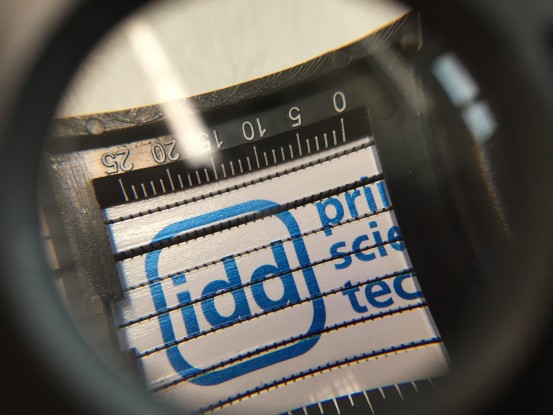ELM-Adapt
Engineered Living Materials (ELM) are a class of dynamic, self-organized and functional biomaterials that combine polymer matrices with living cells and offer novel approaches, e.g. for biomedicine and additive manufacturing. The integrated cells can change the chemical and physical-mechanical properties of the material based on external stimuli. Alongside mammalian and plant cells or fungi, bacteria are the most popular biological building block for the production of ELM. They can be used as drug-releasing sponges, wearable biosensors or living skin grafts. Besides their enormous potential, the main challenges are to maintain the long-term functionality and nutrient supply within the ELM (e.g. a hydrogel matrix) and to prevent their outgrowth.
The priority program SPP 2451 “Engineered Living Materials with Adaptive Functions”, funded by the German Research Foundation (DFG), deals with the development of new materials with programmable and adaptive capabilities through the synergetic combination of living organisms with materials. The project “Adaptive biomaterials through mechano-modulating bacteria” aims to jointly research with the Self-Organizing Systems Lab the interaction of bacteria with various hydrogels in order to obtain adaptable biomaterials under mechanical stress.



